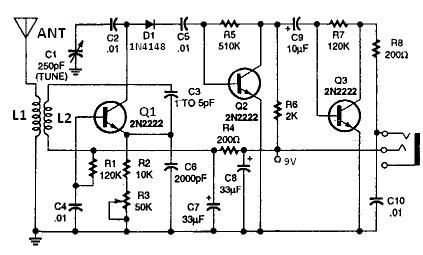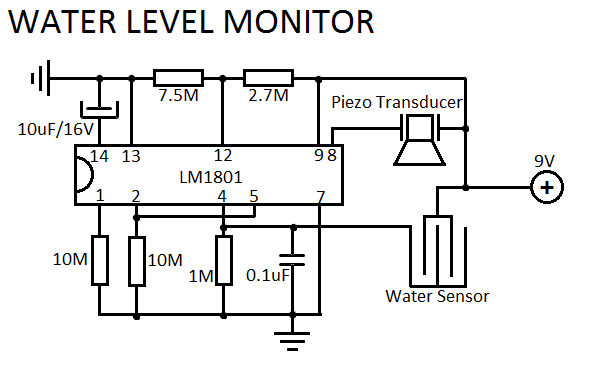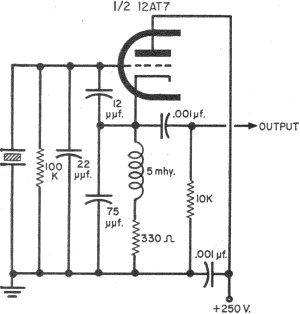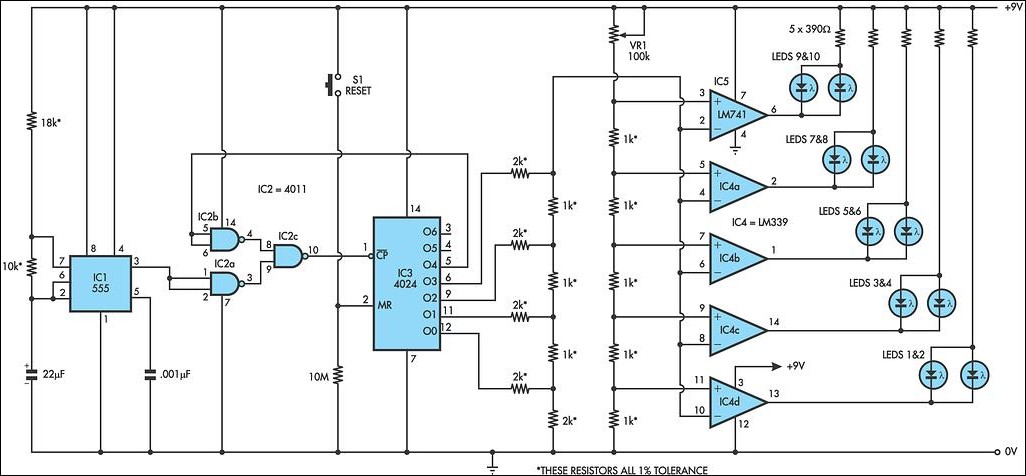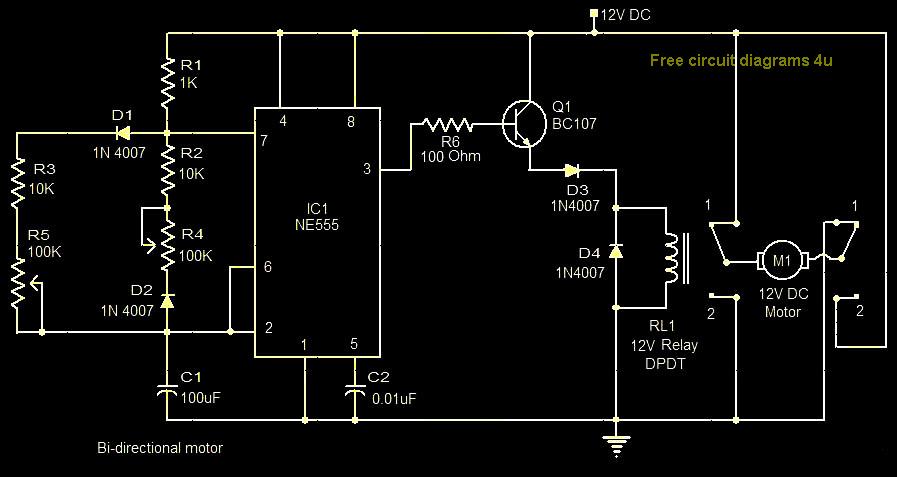
General-Purpose Jfet Preamp Circuit
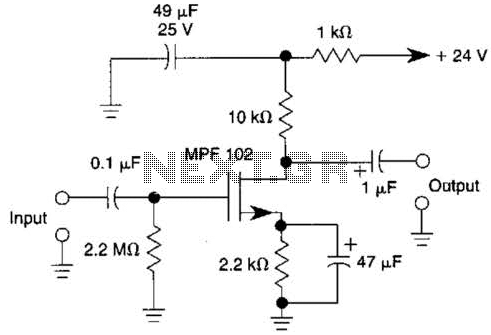
This JFET preamplifier has a gain of approximately 20 dB and a bandwidth exceeding 100 kHz. It is useful as a low-level audio amplifier for high-impedance sources.
The described JFET (Junction Field Effect Transistor) preamplifier is designed to amplify low-level audio signals while maintaining high fidelity across a broad frequency range. With a gain of around 20 dB, this preamplifier effectively boosts weak signals, making it suitable for applications involving high-impedance sources, such as microphones or guitar pickups.
The bandwidth specification of over 100 kHz indicates that the preamplifier can handle a wide range of audio frequencies, ensuring that both low and high-frequency signals are accurately amplified without distortion. This characteristic is essential in audio applications where clarity and detail are paramount.
The circuit typically consists of a single JFET transistor, which operates in the common-source configuration to achieve the desired gain. Biasing resistors are employed to set the operating point of the JFET, ensuring optimal performance. Coupling capacitors may be included at the input and output stages to block any DC offset while allowing AC audio signals to pass through.
Additionally, feedback resistors may be integrated to stabilize the gain and improve linearity, thus enhancing the overall performance of the amplifier. The power supply should be adequately decoupled to minimize noise and ensure stable operation across varying load conditions.
This JFET preamplifier design is particularly advantageous in professional audio equipment, where high input impedance is critical for interfacing with various audio sources while preserving signal integrity. This JFET preamplifier has a gain of about 20 dB and a bandwidth of over 100 kHz. It is useful as a low-level audio amplifier for high- impedance sources. 🔗 External reference
The described JFET (Junction Field Effect Transistor) preamplifier is designed to amplify low-level audio signals while maintaining high fidelity across a broad frequency range. With a gain of around 20 dB, this preamplifier effectively boosts weak signals, making it suitable for applications involving high-impedance sources, such as microphones or guitar pickups.
The bandwidth specification of over 100 kHz indicates that the preamplifier can handle a wide range of audio frequencies, ensuring that both low and high-frequency signals are accurately amplified without distortion. This characteristic is essential in audio applications where clarity and detail are paramount.
The circuit typically consists of a single JFET transistor, which operates in the common-source configuration to achieve the desired gain. Biasing resistors are employed to set the operating point of the JFET, ensuring optimal performance. Coupling capacitors may be included at the input and output stages to block any DC offset while allowing AC audio signals to pass through.
Additionally, feedback resistors may be integrated to stabilize the gain and improve linearity, thus enhancing the overall performance of the amplifier. The power supply should be adequately decoupled to minimize noise and ensure stable operation across varying load conditions.
This JFET preamplifier design is particularly advantageous in professional audio equipment, where high input impedance is critical for interfacing with various audio sources while preserving signal integrity. This JFET preamplifier has a gain of about 20 dB and a bandwidth of over 100 kHz. It is useful as a low-level audio amplifier for high- impedance sources. 🔗 External reference
